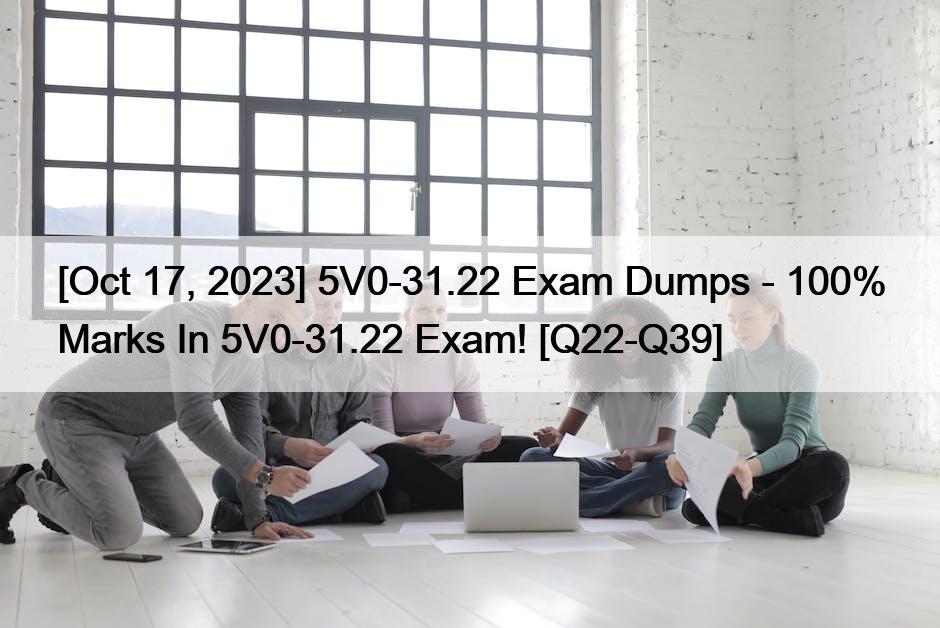
[Oct 17, 2023] 5V0-31.22 Exam Dumps – 100% Marks In 5V0-31.22 Exam!
Exam Dumps Use Real VMware Certified Specialist Dumps With 72 Questions!
VMware Cloud Foundation Specialist (v2) certification exam is a valuable certification for IT professionals who want to demonstrate their expertise in cloud computing and virtualization. 5V0-31.22 exam covers a wide range of topics related to VMware Cloud Foundation and its related technologies, and it is designed to test a candidate’s ability to deploy, manage, and troubleshoot VMware Cloud Foundation environments. Candidates can prepare for the exam by gaining hands-on experience with VMware Cloud Foundation and its related technologies, reviewing the exam objectives, and studying the recommended resources.
VMware 5V0-31.22 certification is designed to validate the skills and knowledge of IT professionals who are responsible for implementing and managing VMware Cloud Foundation solutions. VMware Cloud Foundation Specialist (v2) certification is intended for individuals who are well-versed in VMware technologies and have experience with cloud computing, virtualization, and data center operations. 5V0-31.22 exam covers a wide range of topics, including VMware Cloud Foundation architecture, installation and configuration, workload migration, network virtualization, and security.
Pass Your 5V0-31.22 Exam Easily With 100% Exam Passing Guarantee: https://www.dumpstorrent.com/5V0-31.22-exam-dumps-torrent.html